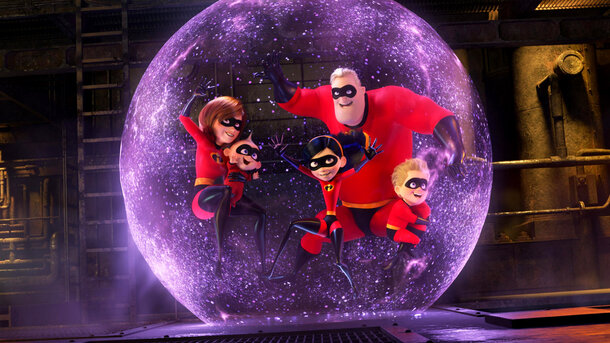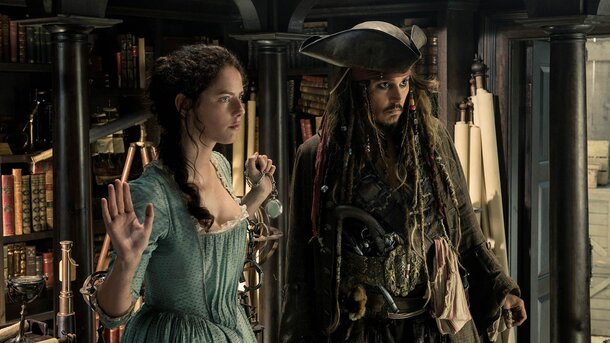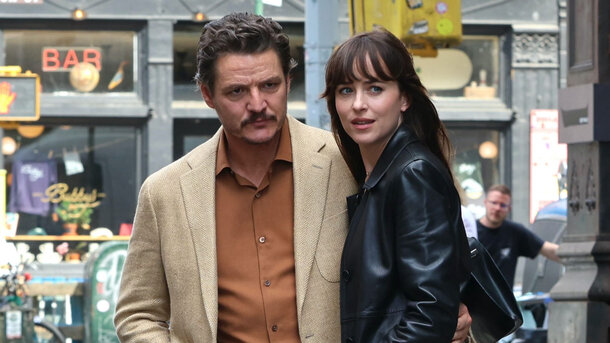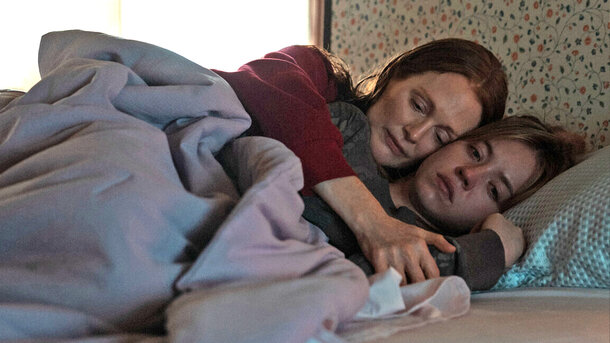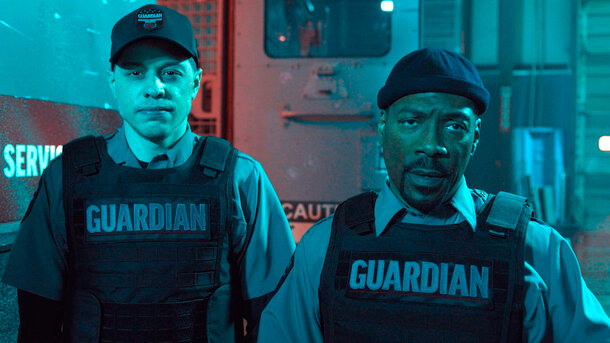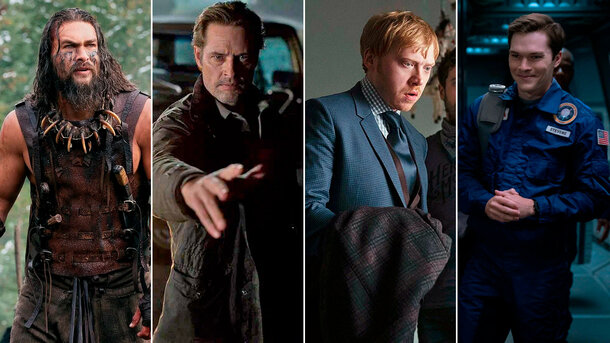There’s something about war films that either strikes deep or misses entirely — and Warfare didn’t just strike me, it rattled my spine. I walked into the cinema expecting another Hollywood war drama, but what unfolded felt more like being embedded with a SEAL team on the brink of hell. The grit, the panic, the ferocious intimacy of combat — it was all terrifyingly present, and I couldn’t look away.
Plot Without Spoilers – Real-Time Tension
Set in 2006 Ramadi, Iraq, Warfare throws us into the thick of an American SEAL platoon’s surveillance mission gone terribly wrong. Told in near real-time, the film doesn’t follow the typical rise-fall-resolution arc. Instead, it traps us with the soldiers — inside a fortified house, inside their fear, inside the deafening chaos when the mission unravels. It’s not just about bullets; it’s about the psychological unravelling that follows.
Director’s Vision – A First-Hand Nightmare
Co-directed by Alex Garland (Ex Machina) and former Navy SEAL Ray Mendoza, the film’s raw authenticity is unmatched. Mendoza’s personal experience bleeds into every frame, while Garland’s signature intensity and eerie minimalism lend cinematic weight. Together, they’ve created a brutal ballet — stylised yet honest. There’s no glorification of war here, only its cost.
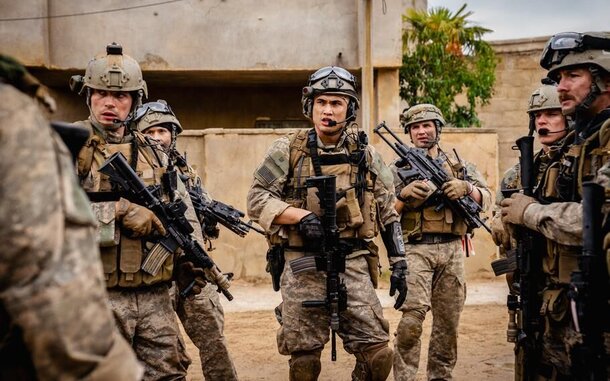
The Cast – Unified, Unflinching, Unforgettable
This ensemble is the backbone of the film. D’Pharaoh Woon-A-Tai (as Ray) is quietly haunting, while Cosmo Jarvis, Will Poulter, and Joseph Quinn each deliver stripped-down, harrowing performances that feel lived-in rather than performed. There are no grandstanding monologues — just raw exchanges, unfiltered emotion, and camaraderie forged in trauma. Even Kit Connor and Noah Centineo (a surprising casting choice) hold their ground convincingly in the noise and mess of war.
Cinematography and Sound – Sensory Overload
Shot in visceral handheld style by David J. Thompson, the camera becomes your fellow soldier. It shakes, ducks, stares, and stumbles with you. Sound designer Glenn Freemantle deserves equal praise — the echo of ricochets, shouted commands muffled by adrenaline, the sudden silence after impact — it’s relentlessly immersive. You don’t just watch this film. You survive it.
Themes & Symbolism – Brotherhood Over Bravado
At its core, Warfare is a study in brotherhood and psychological endurance. It strips away politics and patriotism to focus on men navigating fear and grief. The house they occupy becomes both a shelter and a prison, symbolising how soldiers can be stuck in the war long after the mission ends. It’s trauma painted in dust, blood, and silence.
Audience Reactions: USA vs. UK
In the United States, many veterans and military communities have praised Warfare for its accuracy and emotional weight. The film has sparked conversations around PTSD and real-life operations, and audiences gave it a strong A – on CinemaScore.
Meanwhile, UK audiences seem more divided. While critics applauded its artistry, some viewers found the realism too unsettling, even overwhelming. British press called it “a war film with teeth — biting hard, leaving bruises,” but others argued it lacked a broader message or political context. Still, the technical execution and performances earned universal admiration.
Final Verdict – Not for the Faint-Hearted, but Impossible to Ignore
Warfare is not a popcorn flick — it’s a 95-minute endurance test. But if you can handle the intensity, you’ll walk out changed. It’s a daring mix of war memoir and psychological horror that doesn’t care about glorifying anything. It just wants to show you the truth.
IMDb Rating: 7.9/10
My Recommendation: Watch it in a quiet cinema with a strong heart. Then talk about it. Because this film demands conversation.


